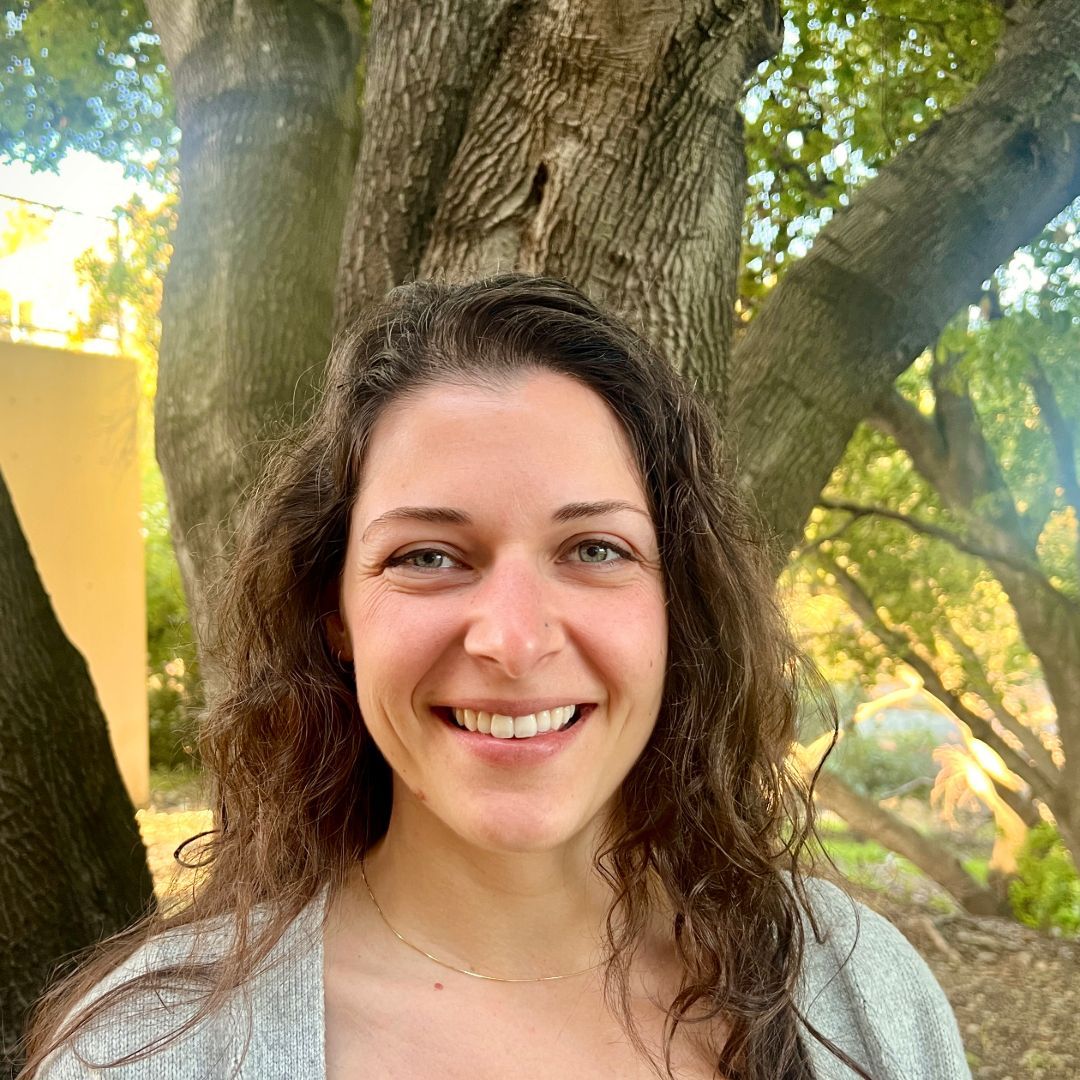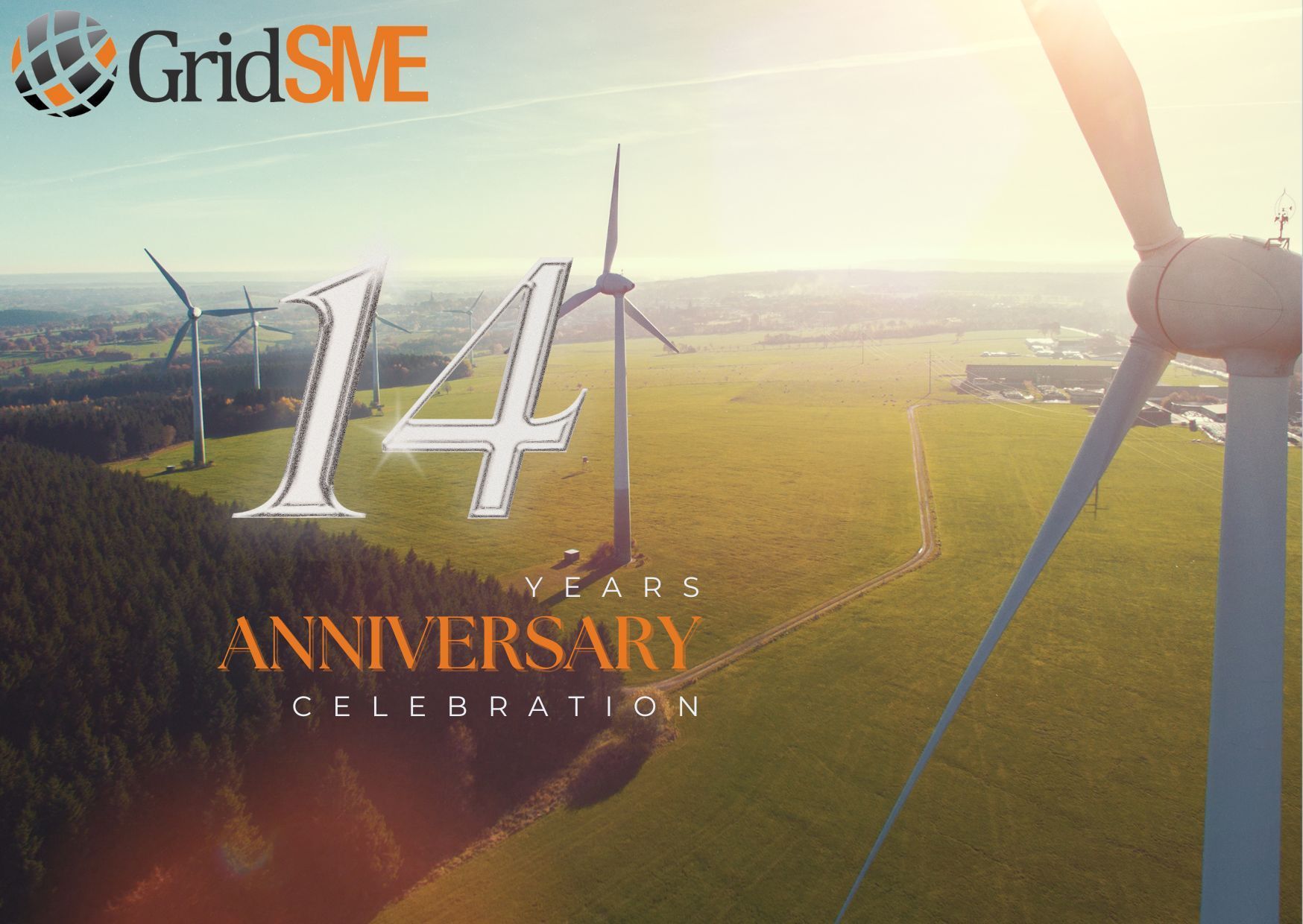GridSME has been talking to a number of existing generator owners who plan on greatly enhancing the flexibility of their PV and Wind generation facilities through the addition of Battery Energy Storage Systems (BESS). There are many generators who are interconnected at >100 kV who do not have nameplates >75 MVA and are, therefore, not required to register with NERC as BES assets.
Generator owners should be aware that the addition of battery storage contributes to the nameplate capacity for consideration for registration. Even if it does not change the deliverability to the BES from an MVA perspective. An opinion from one of the Regional Entities confirmed that all nameplate capacity would be considered towards the >75 MVA threshold.
Example – An existing >100 kV interconnected 50 MVA Solar PV facility is adding 50 MVA of battery storage capability, but is not changing its Generator Interconnection Agreement (GIA) deliverability to the POI of say 45 MW. Per the NERC BES
Definition, this resource now has 100 MVA of nameplate capacity and must register with NERC as a BES asset even though its deliverability to the PO has not changed.

This may be a startling fact to those considering adding flexibility to existing facilities or planning for new construction that previously would have been thought to be under the NERC registration threshold. Please reach out to GridSME for further guidance to generation facilities and discussion about your unique facility characteristics.
NERC BES Definition Inclusion I4 states:
I4 - Dispersed power producing resources that aggregate to a total capacity greater than 75 MVA (gross nameplate rating), and that are connected through a system designed primarily for delivering such capacity to a common point of connection at a voltage of 100 kV or above.
Thus, the facilities designated as BES are:
- The individual resources, and
- The system designed primarily for delivering capacity from the point where those resources aggregate to greater than 75 MVA to a common point of connection at a voltage of 100 kV or above.
From the NERC Bulk Electric System Definition Reference Document, August 2018, both BESS and solar PV are applicable under I4.
Dispersed power producing resources are small-scale power generation technologies that use a system designed primarily for aggregating capacity providing an alternative to, or an enhancement of, the traditional electric power system. Examples could include, but are not limited to: solar, geothermal, energy storage, flywheels, wind, microturbines, and fuel cells.



